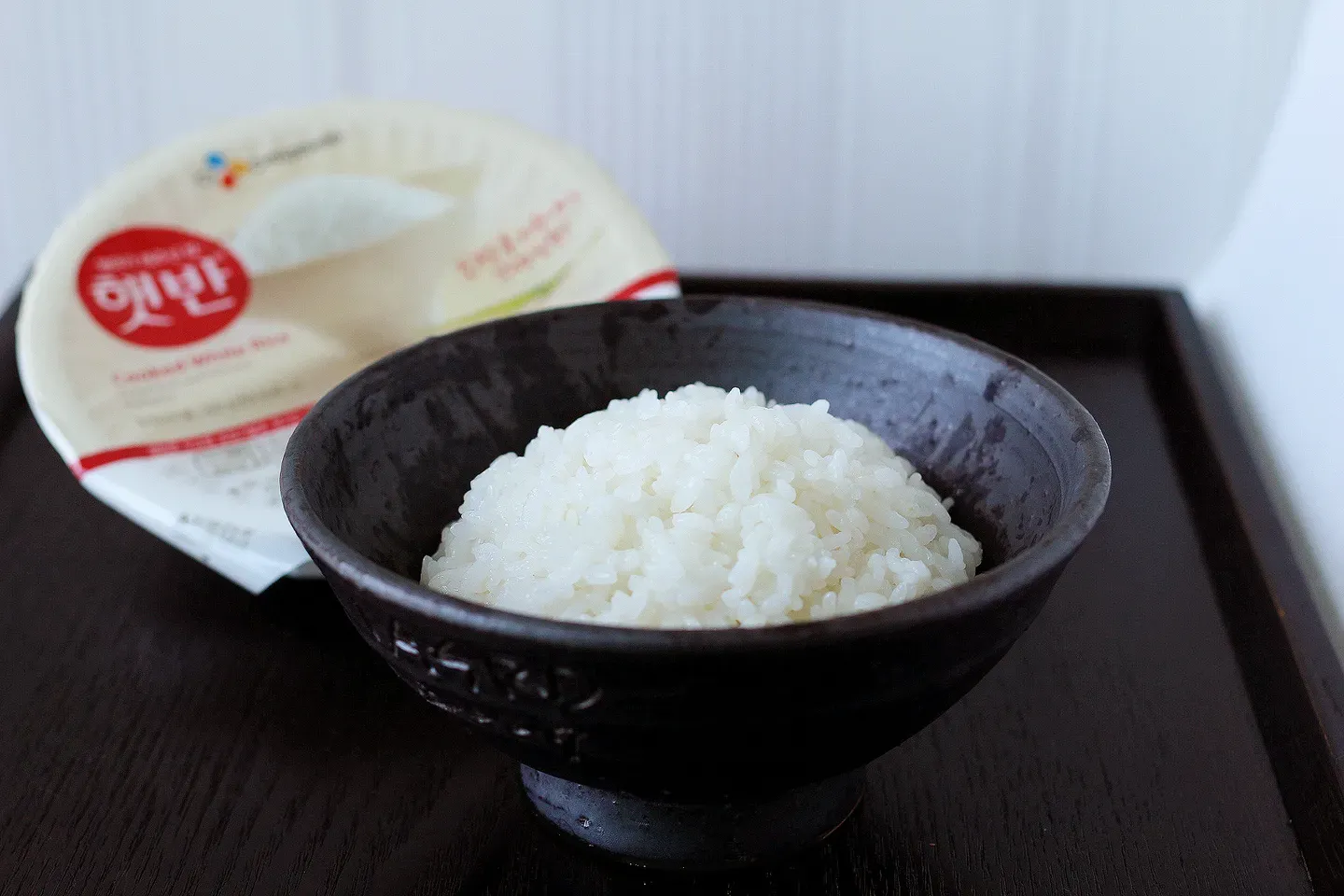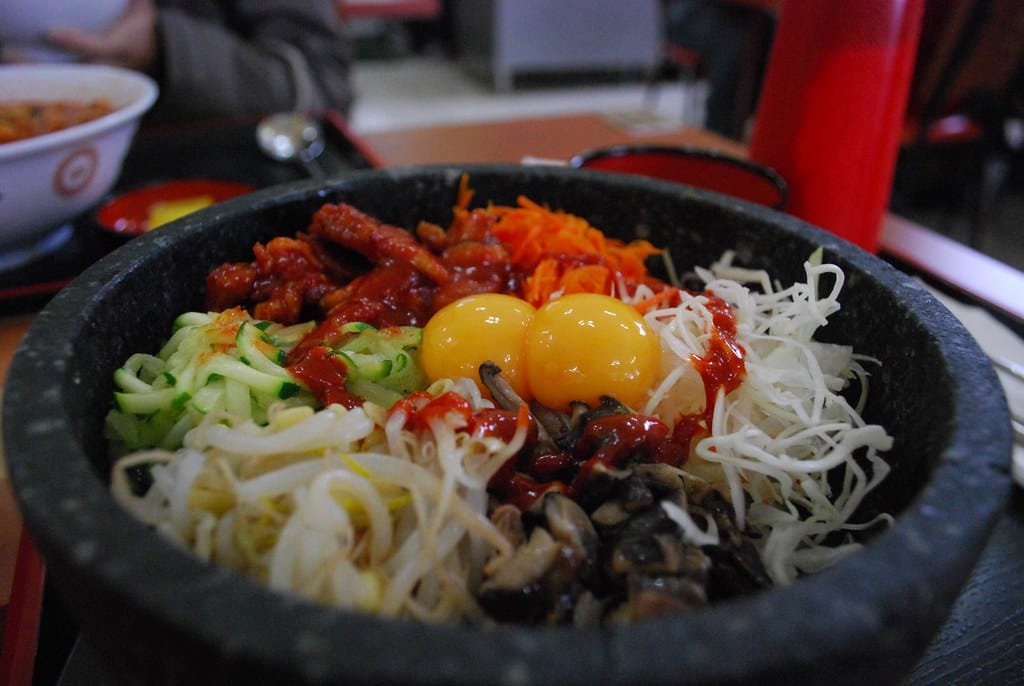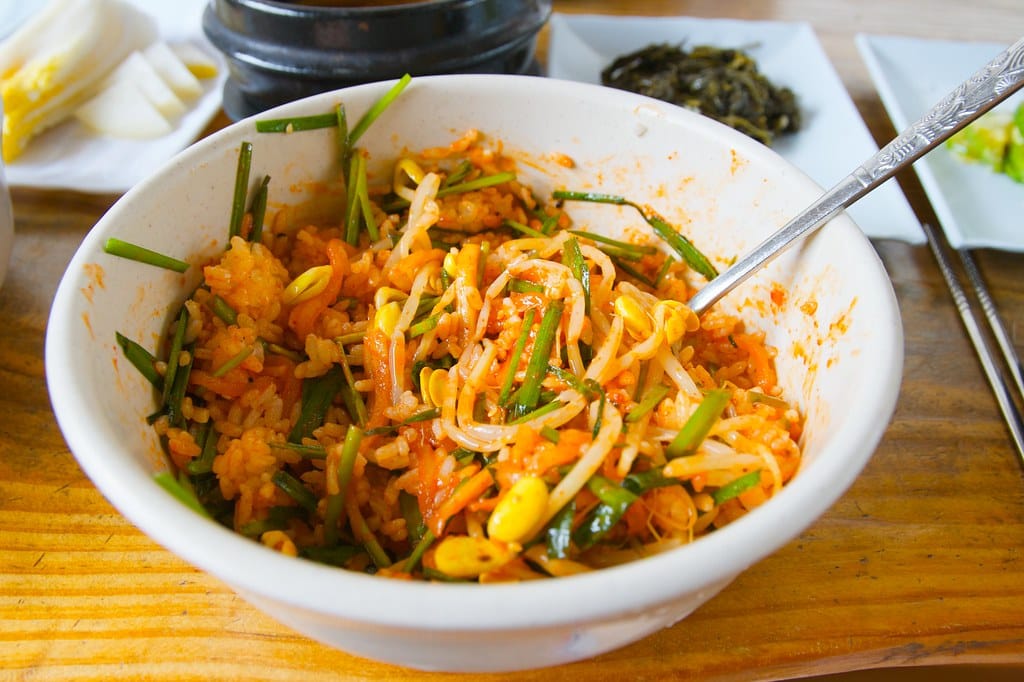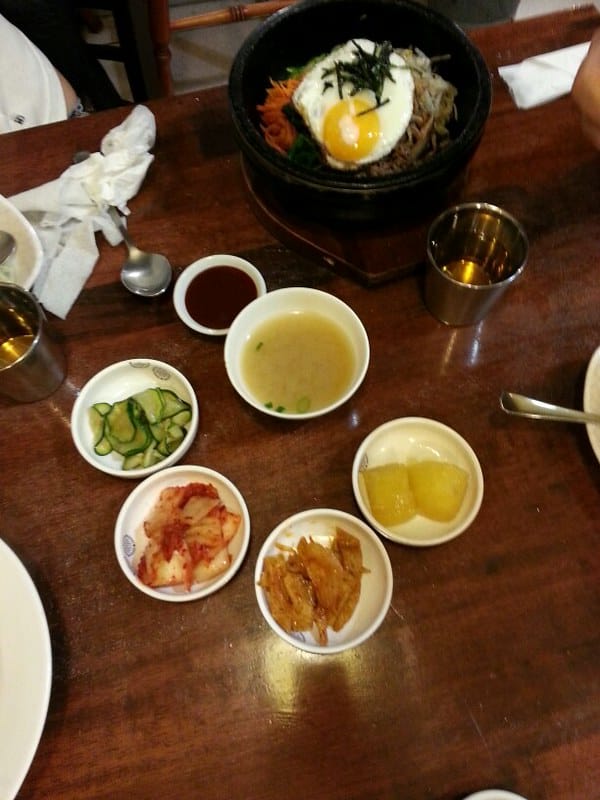Delicious Bibimbap Recipe: Instant, Chicken, Without Gochujang, With Vegetables, With Sesame Oil
Learn how to make a delicious bibimbap recipe with various options including instant, chicken, and without gochujang.
Bibimbap Recipe Instant

If you're pressed for time but still craving a delicious and nutritious meal, an instant bibimbap recipe is the perfect solution. You can use pre-cooked rice and ready-to-eat vegetables to make this dish in no time. Simply heat the rice, sauté some pre-cut vegetables, and top with a fried egg. Add a drizzle of sesame oil and soy sauce for extra flavor. This quick and easy version of bibimbap is ideal for busy weeknights when you need a meal in a hurry.
Bibimbap Recipe with Chicken

For a protein-packed variation, try a bibimbap recipe with chicken. Start by marinating chicken breast in a mixture of soy sauce, garlic, and ginger. Grill or sauté the chicken until fully cooked, then slice it into thin strips. Arrange the chicken over a bowl of steamed rice along with sautéed vegetables like spinach, carrots, and mushrooms. Top with a sunny-side-up egg and a generous spoonful of gochujang sauce. This version is both hearty and satisfying, perfect for a balanced meal.
Bibimbap Recipe Without Gochujang

If you prefer a milder flavor or can't find gochujang, you can still enjoy a delicious bibimbap recipe without gochujang. Use a combination of soy sauce, sesame oil, and a touch of honey to create a flavorful sauce. Assemble your bibimbap with rice, sautéed vegetables, and a fried egg. Drizzle the soy-sesame sauce over the top for a tasty alternative. This version is perfect for those who want to enjoy bibimbap without the heat.
Bibimbap Recipe with Vegetables

A vegetable-packed bibimbap recipe is a great way to enjoy a healthy and colorful meal. Use a variety of vegetables such as spinach, carrots, zucchini, bean sprouts, and mushrooms. Sauté each vegetable separately to maintain their unique flavors and textures. Arrange the vegetables over a bed of steamed rice and top with a fried egg. Add a spoonful of gochujang sauce and a drizzle of sesame oil to bring all the flavors together. This version is perfect for vegetarians or anyone looking to add more veggies to their diet.
Bibimbap Recipe with Sesame Oil

Sesame oil adds a rich and nutty flavor to any bibimbap recipe. Use it to sauté your vegetables and as a finishing touch to your dish. Start with a base of steamed rice, then add sautéed vegetables, a fried egg, and your choice of protein if desired. Drizzle sesame oil over the top along with a spoonful of gochujang sauce for a flavorful and aromatic meal. This version highlights the delicious taste of sesame oil, making your bibimbap even more irresistible.
